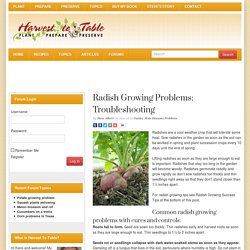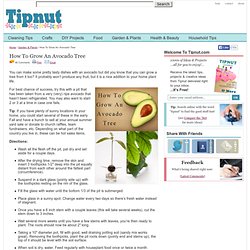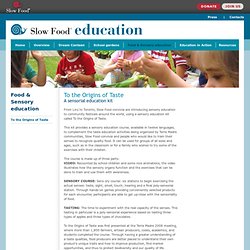

Radish Growing Problems: Troubleshooting - Harvest to Table. Radishes are a cool weather crop that will tolerate some heat.

Sow radishes in the garden as soon as the soil can be worked in spring and plant succession crops every 10 days until the end of spring. Lifting radishes as soon as they are large enough to eat is important. Radishes that stay too long in the garden will become woody. Radishes germinate readily and grow rapidly so don’t sow radishes too thickly and thin seedlings right away so that they don’t stand closer than 1½ inches apart. For radish growing tips see Radish Growing Success Tips at the bottom of this post. Common radish growing problems with cures and controls: Roots fail to form. Seeds rot or seedlings collapse with dark water-soaked stems as soon as they appear. Tiny shot-holes in leaves of seedlings. Pale yellow, gray spot on leaves appear water-soaked spots; spot become circular with gray centers. Leaves have whitish or yellowish spots; leaves are deformed; plants wilt.
Tunnels and grooves in roots; leaves become faded. An In-Depth Companion Planting Guide. A companion planting guide such as this one will show you which vegetables and flowers support or inhibit the growth of other plants and/or which pests they deter.

Basil Plant near: most garden cropsKeep away from: rueComments: improves the flavor and growth of garden crops, especially tomatoes and lettuce. Repels mosquitoes. Beans, Bush Plant near: beets, cabbage, carrots, catnip, cauliflower, corn, cucumbers, marigolds, potatoes, savory, strawberriesKeep away from: fennel, garlic, leeks, onions, shallotsComments: potatoes and marigolds repel Mexican bean beetles. 30 Insanely Clever Gardening Tricks. Dishwasher Cooking: Make Your Dinner While Cleaning The Plates : The Salt. Hide captionFood writer Dan Pashman says poached pears are great in the dishwasher.

We're not sure about the asparagus, but we'll let you know after the cycle finishes. Maggie Starbard/NPR Food writer Dan Pashman says poached pears are great in the dishwasher. We're not sure about the asparagus, but we'll let you know after the cycle finishes. My mom is a creative cook. But when she told me and my sister — way back in 1995 — that she had started cooking salmon in the dishwasher, we just rolled our eyes and shook our heads. An hour later, mom proved her teenage daughters wrong once again. Flash-forward 18 years, and dishwasher cuisine seems to be making a comeback. A handful of YouTube videos and food blogs are showing off the method.
So how does it work? You wrap the salmon tightly in aluminum foil or a cooking bag. That's the traditional method. But is this really worth the time and energy? Not quite, says Italian food writer Lisa Casali. How To Grow An Avocado Tree. You can make some pretty tasty dishes with an avocado but did you know that you can grow a tree from it too?

It probably won’t produce any fruit, but it is a nice addition to your home plant life. For best chance of success, try this with a pit that has been taken from a very (very) ripe avocado that hasn’t been refrigerated. You may also want to start 2 or 3 at a time in case one fails. Tip: If you have plenty of sunny locations in your home, you could start several of these in the early Fall and have a bunch to sell at your annual summer yard sale or donate to church raffles, team fundraisers, etc.
Depending on what part of the country you live in, these can be hot sales items. Directions: Another Option: Push pit into a mix of sand and potting soil (pointy side up) with the top half above soil surface.
Foraging. To the Origins of Taste - Food & Sensory education. From Linz to Toronto, Slow Food convivia are introducing sensory education to community festivals around the world, using a sensory education kit called To the Origins of Taste.

This kit provides a sensory education course, available in twelve languages, to complement the taste education activities being organized by Terra Madre communities, Slow Food convivia and people who would like to train their senses to recognize quality food. It can be used for groups of all sizes and ages, such as in the classroom or for a family who wishes to try some of the exercises with their children. The course is made up of three parts: VIDEO: Recounted by school children and some nice animations, the video illustrates how the sensory organs function and the exercises that can be done to train and use them with awareness. SENSORY COURSE: Sens ory course: six stations to begin exercising the actual senses: taste, sight, smell, touch, hearing and a final poly-sensorial station. 1.
Cultures for Health: Yogurt Starter, Sourdough Starter, Kombucha, Kefir Grains, Cheese Making and more.